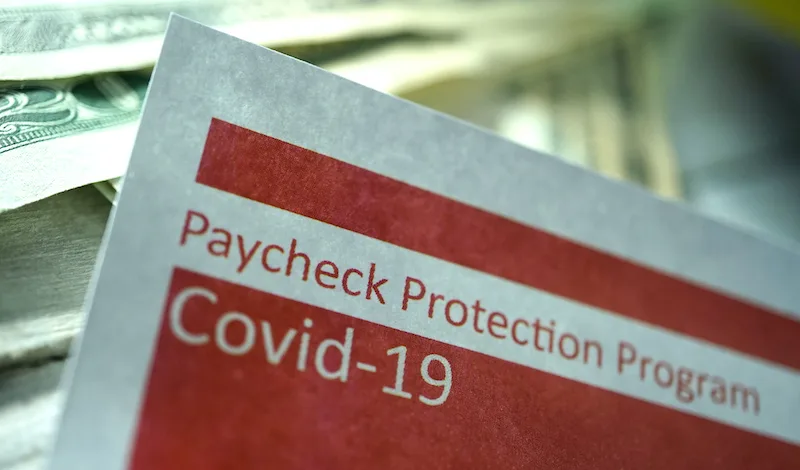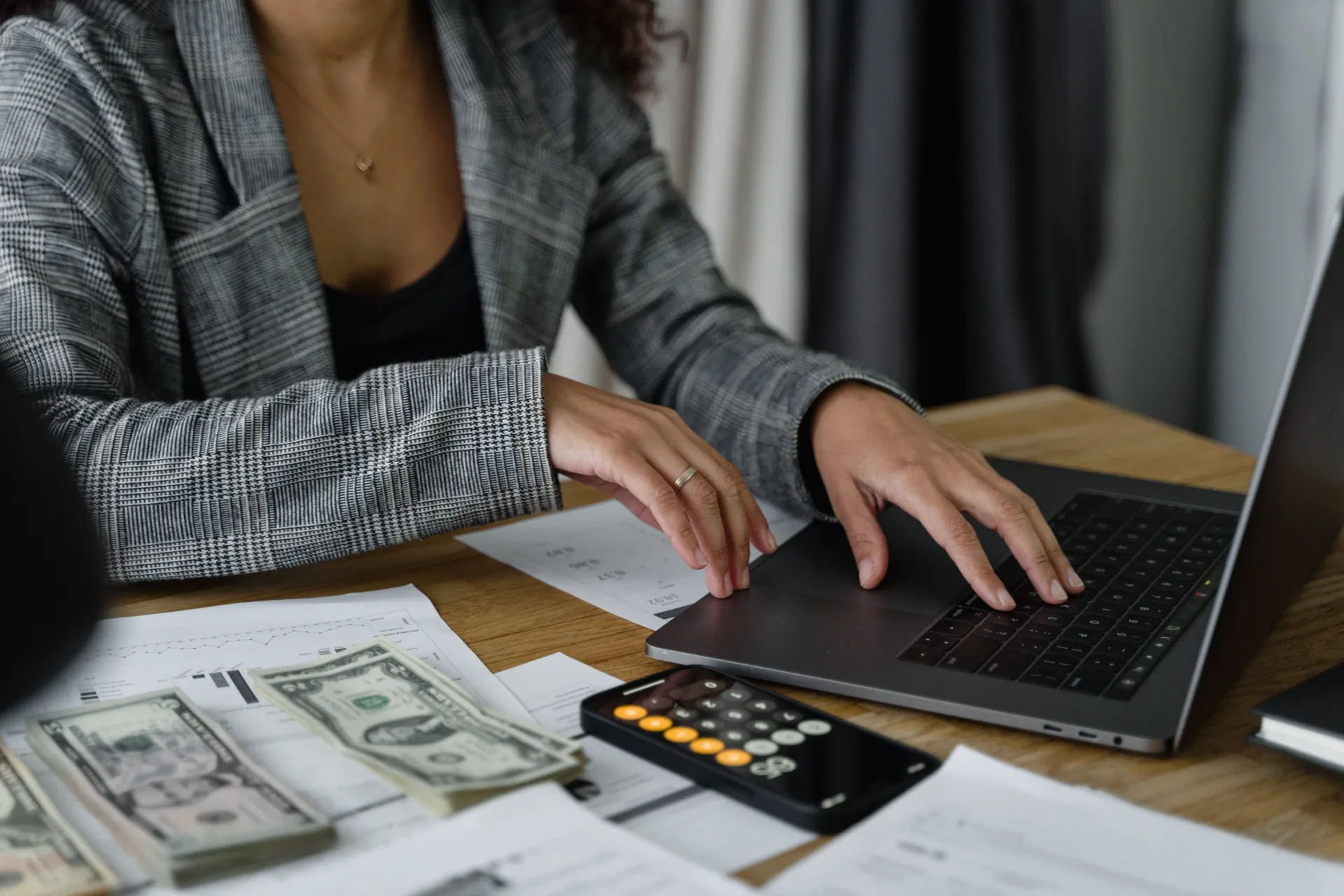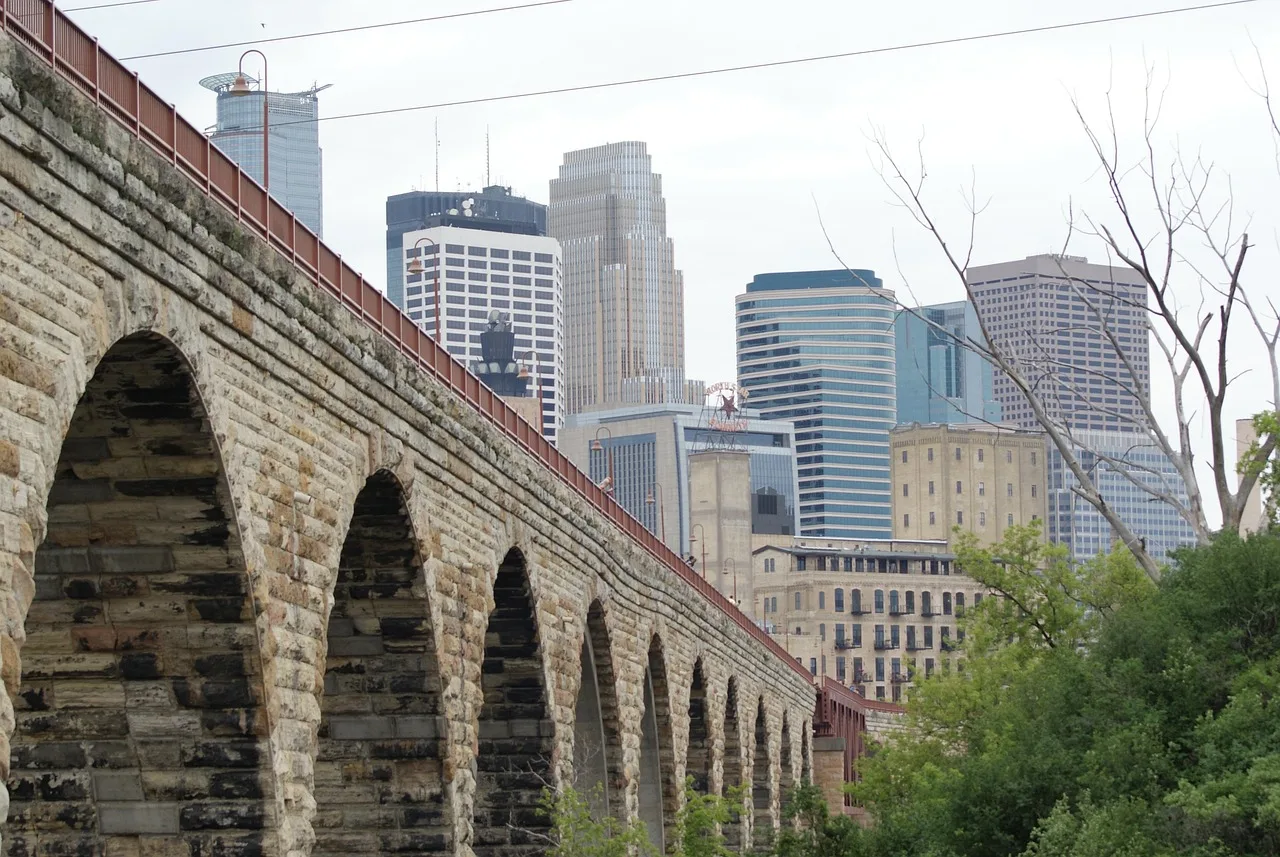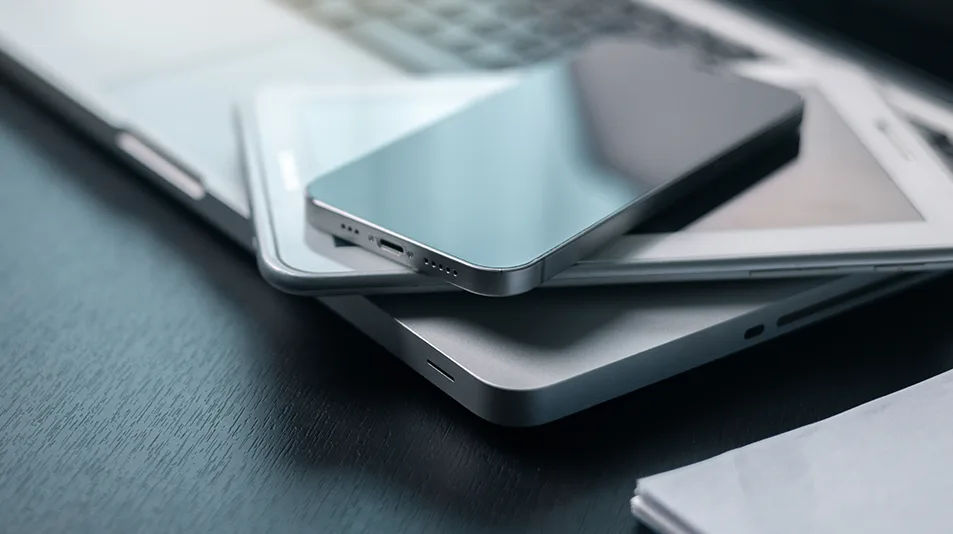
Forgiveness deadline approaching
It has been a while since the Paycheck Protection Program (PPP) has been front and center, but now is a good time to circle back and make sure your PPP loan goes away for good. If you haven’t already applied for forgiveness, now is the time. PPP borrowers must apply for forgiveness within 10 months of the end of their covered period (24 weeks after receiving the loan) or begin making payments on the loan. This means loans received in January of 2021 would have to start making payments around July of 2022. The SBA’s guidance on PPP forgiveness is at https://www.sba.gov/funding-programs/loans/covid-19-relief-options/paycheck-protection-program/ppp-loan-forgiveness and if you need additional guidance the bank you worked with to obtain your PPP loan should be able to help.
Document retention after forgiveness
Once your PPP loan(s) are forgiven you are subject to audit from the SBA for 6 years from the date of forgiveness. What documents are required? Below is the guidance directly from the SBA:
Payroll (provide documentation for all payroll periods that overlapped with the Covered Period):
- Bank account statements or third-party payroll service provider reports documenting the amount of cash compensation paid to employees
- Tax forms (or equivalent third-party payroll service provider reports) for the periods that overlap with the Covered Period:
- Payroll tax filings reported, or that will be reported, to the IRS (typically, Form 941); and
- State quarterly business and individual employee wage reporting and unemployment insurance tax filings reported, or that will be reported, to the relevant state
- Payment receipts, cancelled checks, or account statements documenting the amount of any employer contributions to employee health insurance and retirement plans that the borrower included in the forgiveness amount
Non-payroll (for expenses that were incurred or paid during the Covered Period and showing that obligations or services existed prior to February 15, 2020, for the first three listed obligations/services):
- Business mortgage interest payments: Copy of lender amortization schedule and receipts verifying payments, or lender account statements
- Business rent or lease payments: Copy of current lease agreement and receipts or cancelled checks verifying eligible payments
- Business utility payments: Copies of invoices and receipts, cancelled checks or account statements
- Covered operations expenditures: Copy of invoices, orders or purchase orders paid, and receipts, cancelled checks or account statements verifying eligible payments
- Covered property damage costs: Copy of invoices, orders or purchase orders paid, and receipts, cancelled checks or account statements verifying eligible payments, and verification that costs were related to uninsured property damage due to public disturbance vandalism or looting that occurred in 2020
- Covered supplier costs: Copy of contracts, orders or purchase orders in effect at any time before the Covered Period (except for perishable goods), and copy of invoices, orders, or purchase orders paid, and receipts, cancelled checks, or account statements verifying eligible payments
- Covered worker protection expenditures: Copy of invoices, orders or purchase orders paid, and receipts, cancelled checks or account statements verifying eligible payments, and verification that expenditures were used to comply with COVID-19 guidance
This list of documents is not all-inclusive.
In addition to the above information each loan forgiveness application (Form 3508, 3508S, and 3508EZ) has “Documents that each borrower must maintain but is not required to submit” listed on the last page. These items should be saved as instructed, along with any other workpapers used to prepare the SBA forgiveness application.
The SBA expects you to keep this documentation for longer than a normal IRS audit period (3.5 years), many companies will want to revisit document retention periods or make a specific document retention section for PPP related documents. Not saving this information could lead to losing forgiveness on the PPP loan(s) and having to repay the SBA with interest (and potentially penalties).
SBA PPP Loan Audits
We haven’t seen many audits so far, but the ones we have seen started with the SBA reaching out to the originating bank. The SBA has requested the additional information that was required to be maintained, but not submitted with the original forgiveness application, they expect this information to be readily available as they request a very short turnaround time of one week. As mentioned above, each loan forgiveness application (Form 3508, 3508S, and 3508EZ) has these items listed on the last page. PPP audit risks include loan sizing and eligibility, in addition to qualified use of funds. As the time for forgiveness applications passes the SBA could shift resources to auditing PPP loans, make sure your documentation is retained and easily accessible, so you don’t run into issues in the coming years.
Merger and Acquisition Considerations
There is a risk that PPP loan audits could lead to changes in forgiveness long after M&A transactions are completed. Due diligence procedures should include receipt, review, and retention of PPP (and other covid relief) documentation to reduce this risk for the buyer. In addition, purchase agreements should be written to include language regarding the potential change to covid relief received before the transaction. A little work to protect yourself on the front-end could go a long way towards avoiding trouble down the road.
Summary
PPP loan forgiveness should be completed ASAP. Documentation regarding forgiveness needs to be retained for 6 years from the date of the SBA’s forgiveness approval. If acquiring an entity that received a PPP loan, remember to get copies of the forgiveness documentation as the SBA has a long period of time to pull a loan for audit.





